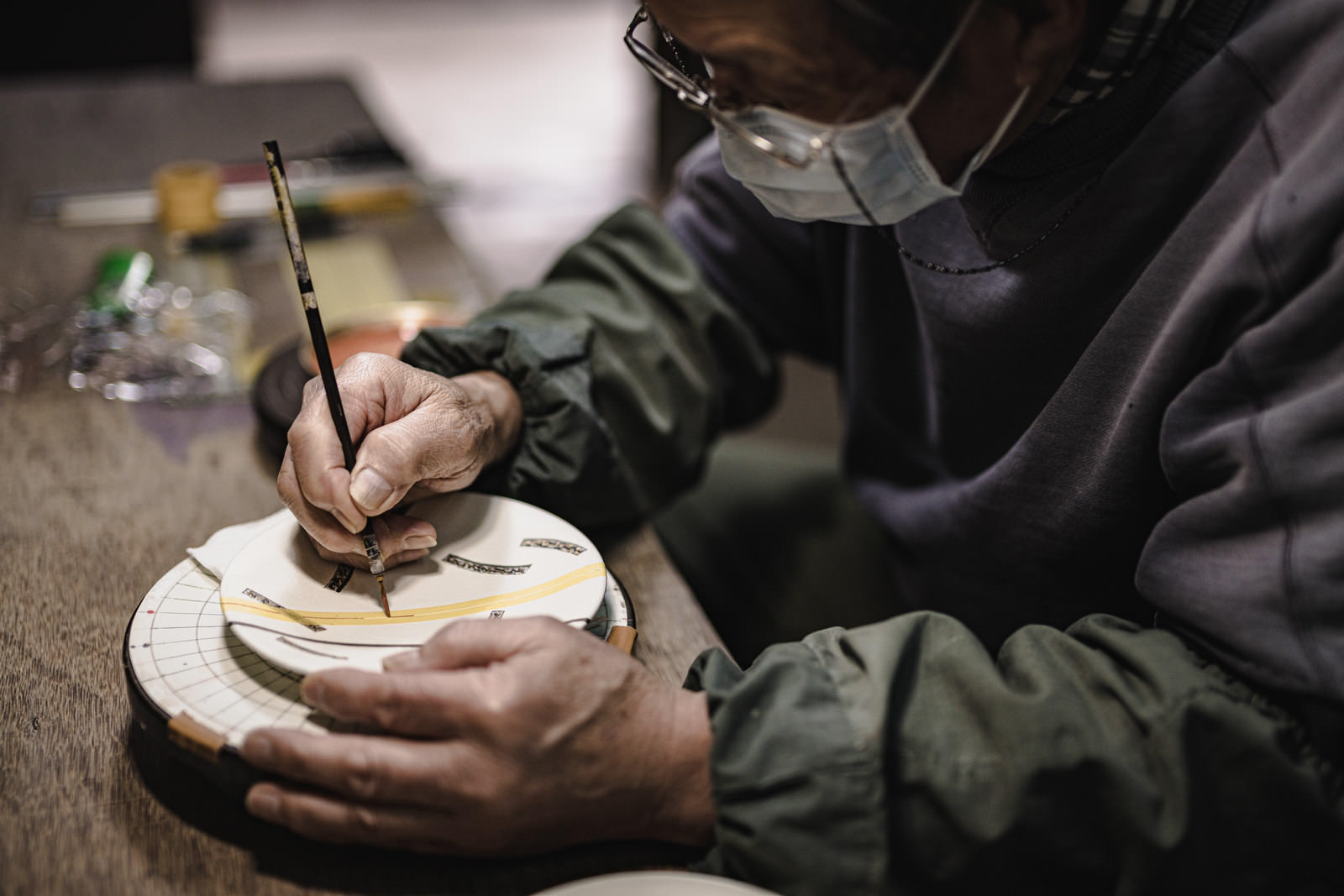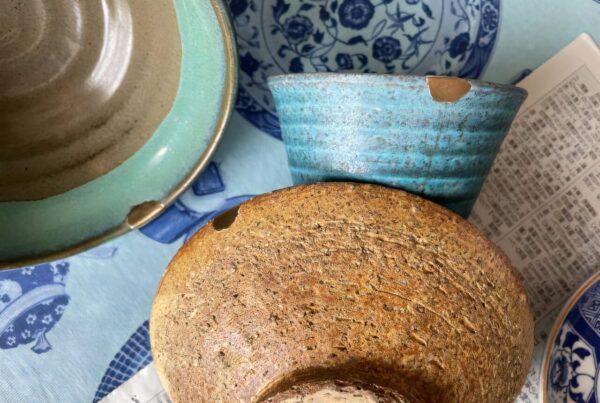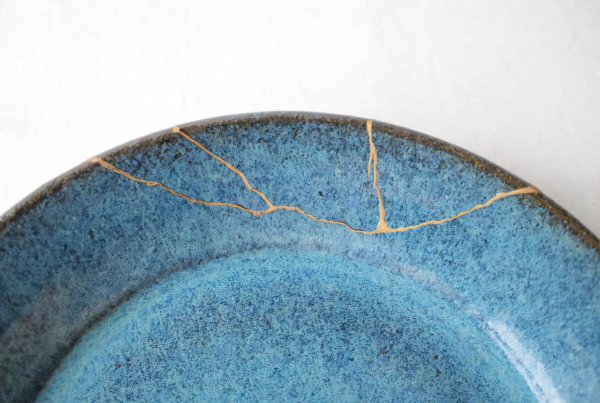In this article, we delve into the essence of Shokunin, a term that signifies much more than the English equivalent of craftsman or artisan. It represents a deep-seated philosophy within Japanese culture that marries skill, spirit, and a commitment to the betterment of society through one’s craft. Shokunin are not just workers; they are guardians of tradition, embodying an ethic of excellence and a devotion to continuous improvement and social contribution.
Through exploring the diverse manifestations of Shokunin in sushi making, katana crafting, urushi lacquerware, kimono production, and bamboo work, we uncover the rich tapestry of Japanese craftsmanship and the enduring legacy of its artisans.
What is Shokunin
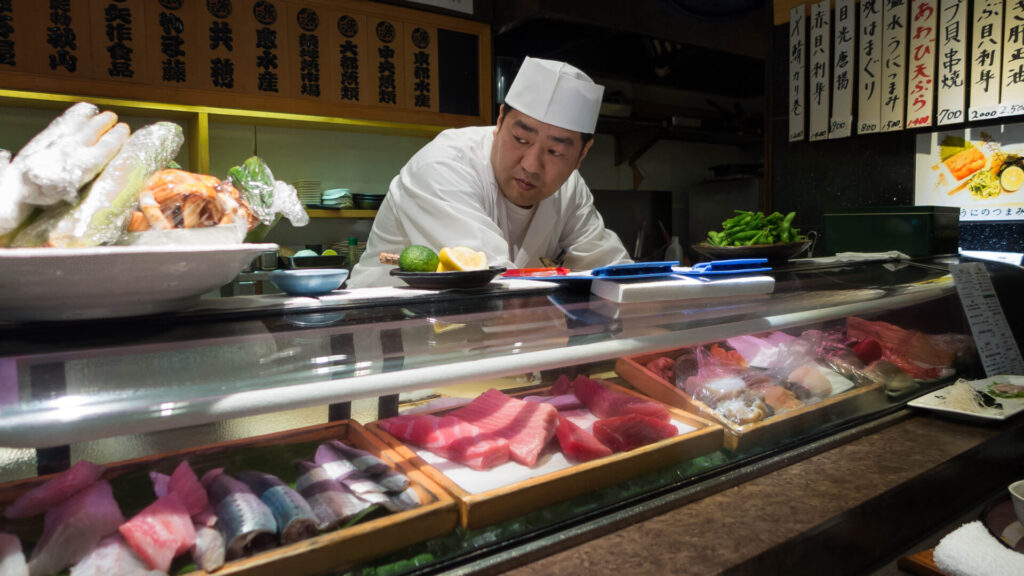 Shokunin, within the Japanese cultural framework, profoundly surpasses the notion of a craftsman or artisan found in the West. It embodies a deep-seated philosophy that intertwines skill and spirit, thereby establishing a benchmark in craftsmanship that garners global admiration. A Shokunin commits to their craft as a way of life, engaging in a relentless quest for excellence. This commitment ensures the process of creation is held in the same high regard as the finished product itself, reflecting a deep respect for the materials used, the craft, and ultimately, the wider community.
Shokunin, within the Japanese cultural framework, profoundly surpasses the notion of a craftsman or artisan found in the West. It embodies a deep-seated philosophy that intertwines skill and spirit, thereby establishing a benchmark in craftsmanship that garners global admiration. A Shokunin commits to their craft as a way of life, engaging in a relentless quest for excellence. This commitment ensures the process of creation is held in the same high regard as the finished product itself, reflecting a deep respect for the materials used, the craft, and ultimately, the wider community.
Such dedication to one’s craft is seen not just as a profession but as a continuous journey of self-improvement, learning, and imparting knowledge. Shokunin are distinguished by their exceptional attention to detail, elevating their work to the realm of art.
From the precision in a sushi chef’s knife work to the balance achieved in a traditional tea ceremony, or the robustness of joinery in Japanese carpentry, a Shokunin’s output is a testament to their personal identity, cultural heritage, and values.
Examples of Shokunin
The manifestations of Shokunin culture are as diverse as they are fascinating, touching every corner of traditional Japanese craft and beyond. Sushi chefs, for example, embody the Shokunin spirit through years, if not decades, of perfecting the art of sushi making. This process includes mastering the delicate balance of rice preparation, fish selection, and presentation. Each sushi piece reflects the chef’s dedication to their craft, aiming to provide a culinary experience that delights the senses and honors the ingredients.
Similarly, the craftsmen of Japanese swords, or “katana,” dedicate their lives to the art of sword making. This tradition, steeped in history, requires precision, skill, and a deep understanding of the materials involved. The katana is not just a weapon but a work of art, symbolizing the strength and spirit of the samurai. The painstaking process of folding and hammering the steel, combined with the spiritual dedication of the craftsmen, exemplifies the Shokunin commitment to excellence.
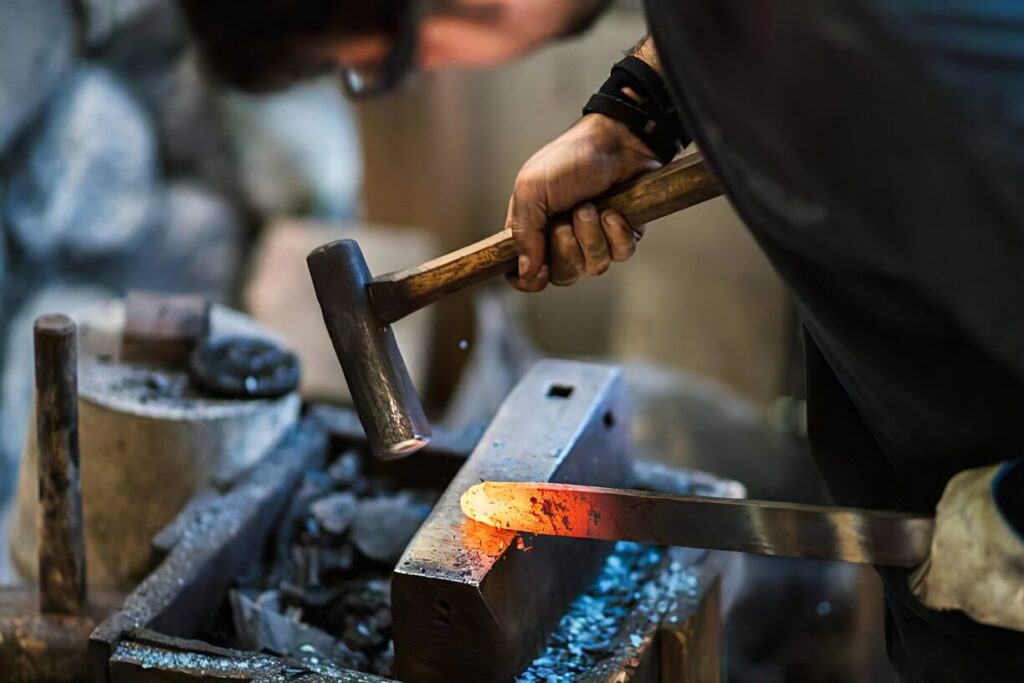
Another quintessential example is found in the meticulous work of “urushi” lacquerware artisans. These craftsmen apply numerous layers of lacquer to wooden objects, creating finishes that are not only stunning but also incredibly durable. Each layer requires careful application and patience, as the drying process can be lengthy. The resulting pieces are highly valued for their beauty and functionality, embodying the Shokunin ethos of marrying form and function.
In the realm of textiles, the Shokunin culture shines through the art of kimono making. The creation of a kimono involves numerous artisans, each specializing in different aspects such as dyeing, weaving, and embroidery. The process is a collaborative effort that showcases the collective spirit of Shokunin, with each artisan contributing their expertise to create a garment that is both a piece of art and a cultural symbol.
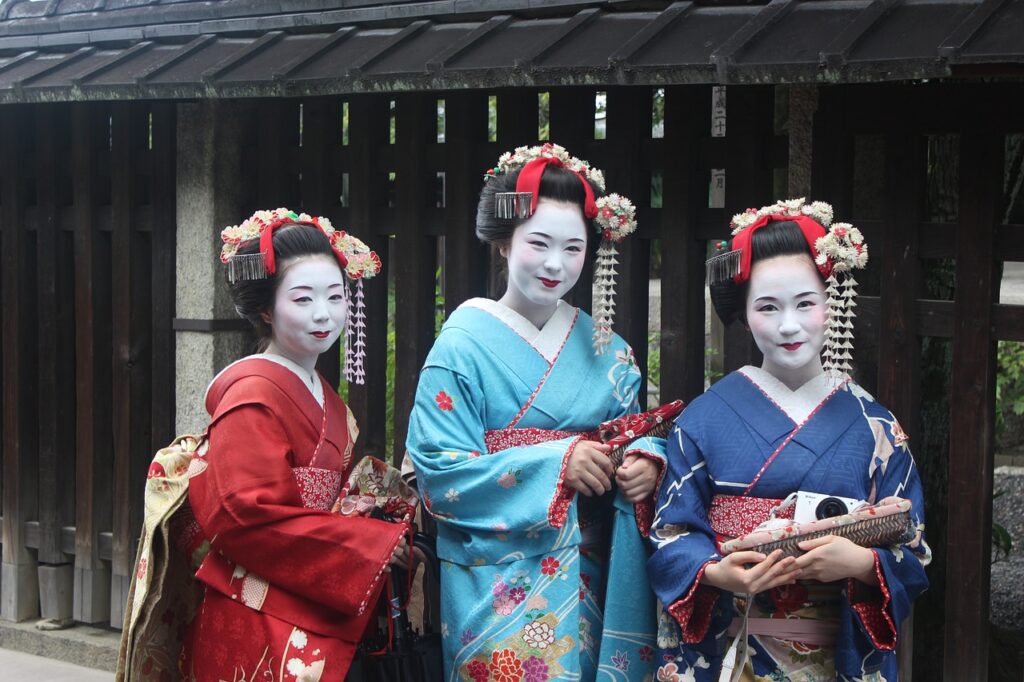
Path to Mastery: The Long Training Period
Becoming a Shokunin is a lifelong journey that often begins in the early years of one’s life and spans several decades, embodying a commitment that is both profound and personal. This path is underpinned by an apprenticeship that immerses the novice in the world of their chosen craft under the guidance of a master. Unlike conventional education systems, this training is holistic, focusing not only on the acquisition of technical skills but also on the development of character, ethics, and a deep understanding of the craft’s historical and cultural significance.
The apprenticeship is rigorous and demanding, designed to instill in the apprentice a sense of humility, patience, and resilience. Initial tasks are often menial and repetitive, serving as a foundation for learning through observation and practice. This period is crucial for developing a keen attention to detail, an understanding of the materials and techniques, and the ability to see the work through the master’s eyes.
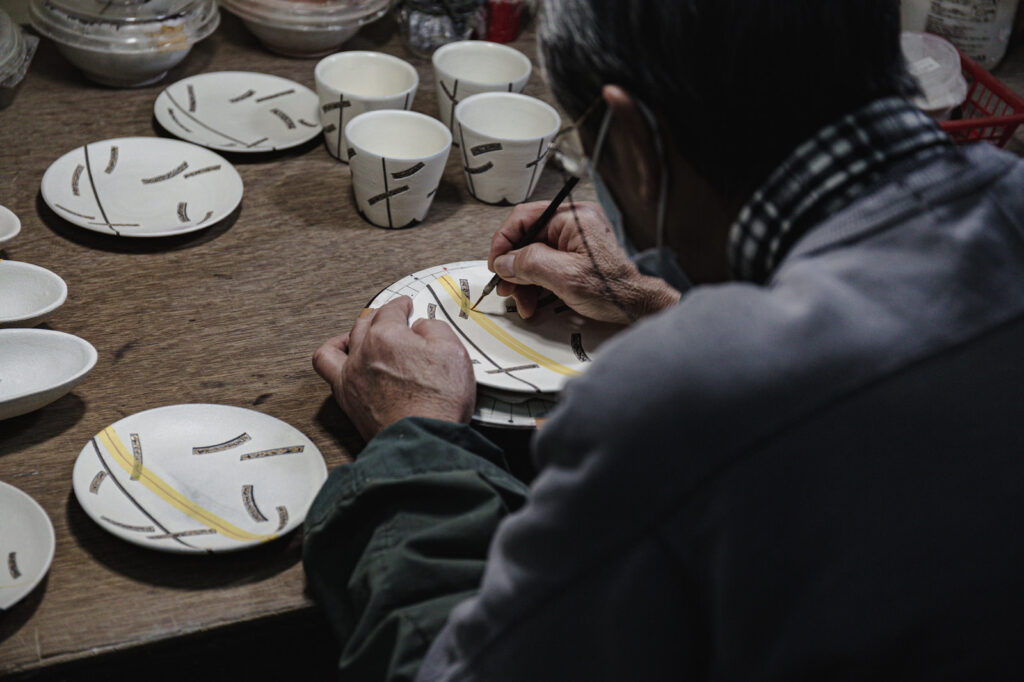
As the apprentices advance in their training, they are gradually entrusted with more complex tasks, marking a transition from mere execution to understanding the essence of their craft. This evolution is slow and requires persistence, as mastery is not seen as a destination but a continuous journey. The apprentice learns to embrace challenges and failures as opportunities for growth, understanding that Shokunin is not just about technical proficiency but also about cultivating a philosophical and spiritual connection to their work.
This extended period of training is essential not only for honing one’s skills but also for absorbing the values that underpin the Shokunin spirit: a commitment to excellence, a responsibility to the community, and a dedication to passing on the tradition to future generations. The path to becoming a Shokunin, therefore, is not just about mastering a craft but about becoming a custodian of a cultural heritage, embodying a way of life that transcends the work itself.
The Essence of Shokunin
At its heart, Shokunin is about a deep commitment to a craft. It’s more than just a job; it’s a way of life. Shokunin culture teaches the value of doing something well, with every step in the process carried out with care and attention. The true measure of this approach isn’t just in the excellent quality of the products created but in the mindset and attitude it fosters.
Shokunin isn’t about chasing fame or quick results. It’s about the quiet, steady dedication to improving one’s work every day. It’s about having respect for the materials, the process, and the people who use what is made. This is why Shokunin crafts are so special: they are made with a level of care and dedication that is rare in today’s fast-paced world.
For the Shokunin, work is a form of self-expression and a contribution to the community. It’s about taking pride in one’s work and doing it with a spirit of generosity. This essence of Shokunin—doing small things greatly—may seem simple, but it’s a powerful approach to work and life that can inspire everyone.
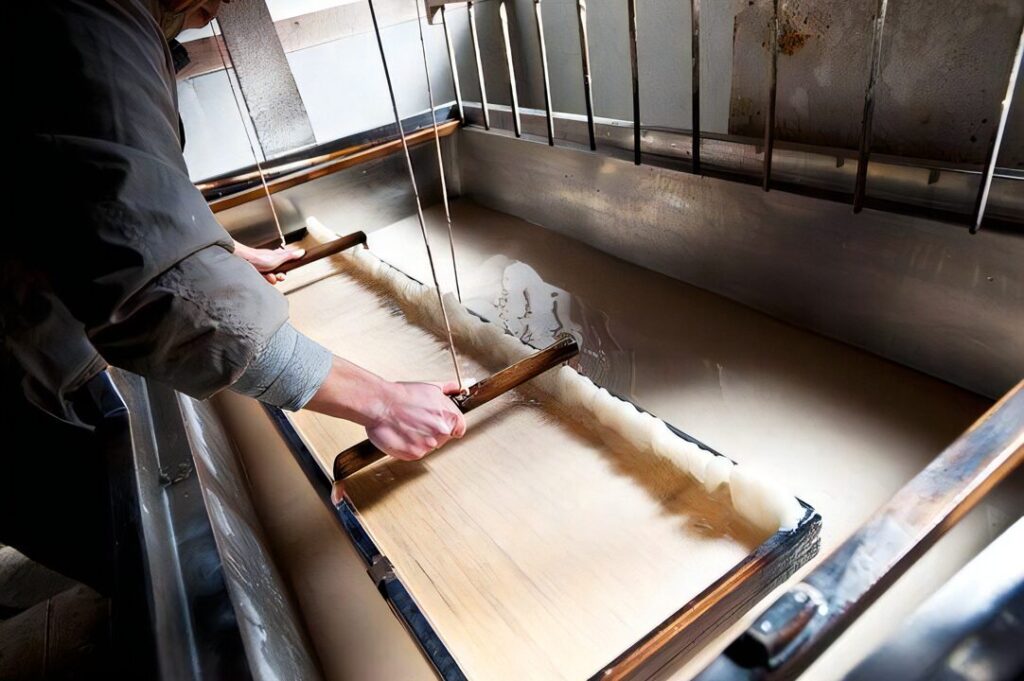
The Challenges Facing Shokunin Culture
Despite its rich heritage and profound philosophy, Shokunin culture faces significant challenges in the modern era. The rise of mass production and consumerism has threatened the viability of traditional crafts, making it difficult for many artisans to sustain their livelihoods.
Additionally, the lengthy training period and the demanding nature of the craft make it challenging to attract younger generations. The globalization of markets also poses a threat, as it introduces competitive pressures and diminishes the value placed on locally crafted, high-quality products.
Despite these challenges, there is a growing appreciation for handmade goods and sustainable practices, offering a glimmer of hope for the preservation and revitalization of Shokunin culture.
Conclusion
Shokunin culture represents a profound aspect of Japanese heritage, embodying a philosophy that extends far beyond craftsmanship. It is a testament to the values of dedication, quality, and community service, offering lessons that are relevant across cultures and industries.
Despite facing modern challenges, the spirit of Shokunin persists, reminding us of the importance of pursuing excellence, respecting tradition, and contributing positively to society. As we move forward, it is crucial to support and preserve these traditional arts, ensuring that the art of dedication continues to inspire future generations.

